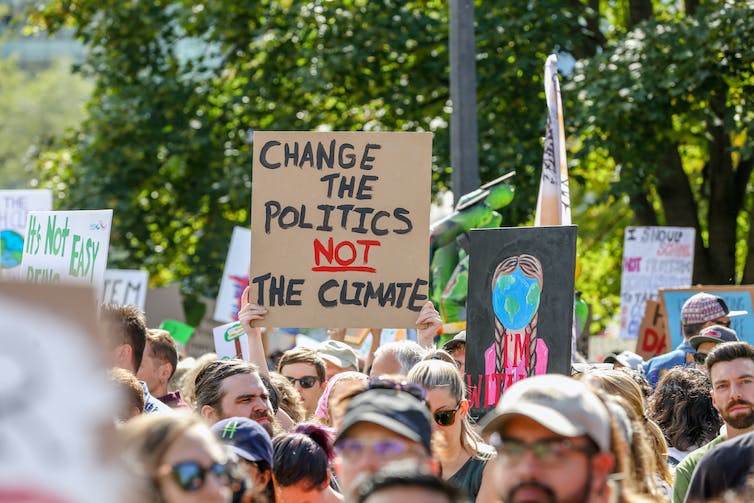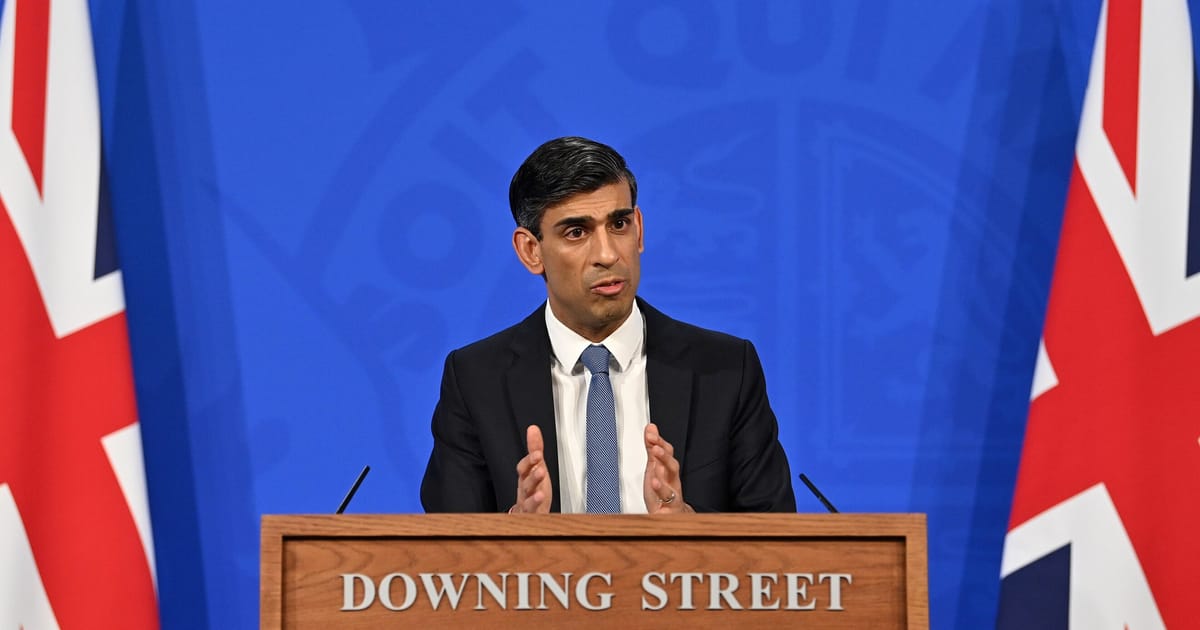In the midst of unprecedented spring wildfires and anticipation of more record-breaking summer heatwaves, climate litigation is on the rise in Canada.
Courts are being asked to determine whether governments are doing enough to safeguard the health and lives of Canadians experiencing the impacts of the climate crisis.
A group of seven youth sued Ontario Premier Doug Ford’s government in November 2019 for replacing the province’s previous greenhouse gas (GHG) emissions reduction target with a significantly weaker and unscientific one. The Mathur v Ontario case made history early this spring when a judge ruled — for the first time in Canada — that courts can consider whether a government’s response to climate change infringes upon human rights.
Clearing this hurdle was a significant victory for these young Canadians. Three previous attempts by youth and Indigenous groups to invoke the Canadian Charter of Rights and Freedoms for climate harms were struck down before ever getting to trial.
Courts around the world are increasingly holding governments accountable for violating their citizens’ human rights by not doing enough on climate change. Last week, youth litigants in Montana were testifying in the first climate lawsuit in the United States to reach trial.
Ontario’s severely deficient climate target
Although the Ontario Superior Court of Justice did not ultimately find any breaches of Charter rights, the Mathur v Ontario decision is groundbreaking in many ways, leaving the youth claimants optimistic about a successful appeal.
In addition to being the first Canadian case of this kind to proceed to a full hearing, the court was unequivocal that Ontario’s climate target falls “severely short” of what the scientific consensus says is necessary to avoid catastrophic climate change — GHG reductions of 45 per cent below 2010 levels by 2030 and net zero by 2050.
Justice Marie-Andrée Vermette held that Ontario’s target increases the risk of death and of the physical and mental harms faced by all Ontarians. She also held that these harms will be inflicted disproportionately on children, youth and Indigenous Peoples. To remedy this large gap, she stated, Ontario would have to increase its current target by a whopping 73 per cent.
Following in the footsteps of the Supreme Court of Canada and courts around the world, Vermette recognized climate change as a global problem that requires collective action, both internationally and domestically, meaning every country, province and territory has to do its part.
Relying on arguments and expert evidence rooted in climate change denialism, Ontario tried to shield itself from responsibility by pointing to the province’s relatively small contributions to global emissions.
Vermette rejected this line of reasoning and Ontario’s bid for a free pass, which would put the planet on a fast-track to catastrophe if adopted by all jurisdictions. Every single GHG emission — including those from Ontario — contributes to climate change and the risks it poses to society.
How does law apply to climate change?
Despite these significant findings, the court held Ontario’s weak climate target did not violate the right to life, security of the person or equality under Sections 7 and 15 of the Charter.
(Shutterstock)
The dismissal turned on complex aspects of constitutional law, including unsettled questions about whether the Charter imposes obligations on governments to take positive steps to ensure everyone enjoys the rights to life, liberty and security of the person enshrined in Section 7.
Although such freestanding positive obligations have never been recognized by Canadian courts, the Supreme Court of Canada held, two decades ago, that this might one day occur in “special circumstances.”
Vermette is the first Canadian judge to note that the existential threat of climate change likely meets this threshold and could justify ordering the government to do more. However, she declined to fully decide the issue, citing the lack of a defined legal test for adjudicating “positive rights” arguments. She stated that the existing law needs to be adapted in novel cases such as this.
On appeal, the Ontario Court of Appeal will have the opportunity to consider updating the way Charter rights are interpreted and applied amid a threat that an American judge described as akin to an asteroid barrelling towards Earth.
Youth and climate change
We acted as co-counsel representing Friends of the Earth Canada as an intervener in Mathur v Ontario. Friends of the Earth Canada, a non-profit organization that takes action to confront polluters and hold governments accountable for their environmental promises, will seek to intervene in the appeal to argue that there is an ecological constitutional bottom line that must be respected by governments.
Even though Canada’s Charter is silent about the need to protect the Earth’s critical life-support systems — clean air, water and a stable climate — the rights to life, equality and security of the person will be meaningless on a dying planet and therefore must be interpreted with reference to ecological sustainability.
If permitted to intervene, Friends of the Earth will also provide input about how the Charter’s equality guarantee applies in the context of climate change.
Vermette acknowledged that youth will be disproportionately impacted. But she held that climate change — not Ontario’s target — is causing the harm.
This is at odds with her reasoning that every GHG emission counts towards increasing the risk of harm to life and security of the person. It also implies that no domestic climate target could ever be discriminatory, since there will always be multiple emitters.
Other courts around the world have highlighted the problem of delaying action, which requires youth and future generations to make faster, more radical emissions reductions down the road.
Germany’s highest constitutional court, for example, recently held that it was unconstitutional for the government to make decisions today that lock in future harms and place a disproportionate burden on future generations.
The Ontario Court of Appeal will have an opportunity in Mathur v Ontario to reconsider how equality rights apply in the context of climate change, where the risks and harms will fall disproportionately on the shoulders of our children and grandchildren.
A ray of hope
Youth climate litigants will continue using all avenues — including courts — to pressure governments to address the grave, unprecedented and irreversible threats climate change poses to people now and in the future.
As smoky air blankets much of Canada and offers a mere glimpse of what lies in store as global temperatures continue to rise, there is hope that in cases like Mathur v Ontario, the courts will refuse to be silent bystanders while the climate crisis erodes the ecological foundations of life on this planet.




